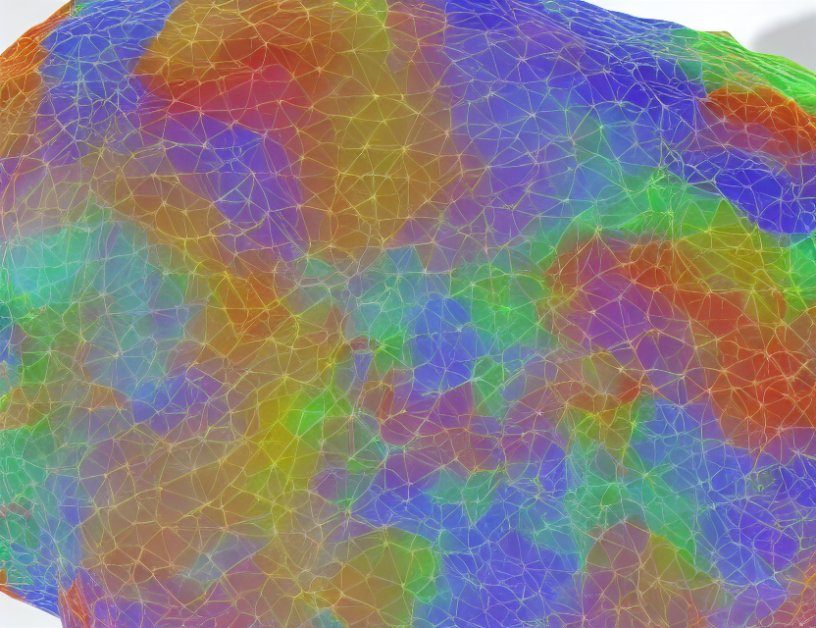Schizophrenia and bipolar disorder are complex mental illnesses that affect millions of people worldwide. Understanding the underlying brain changes is crucial for developing effective treatments, but these changes can be difficult to study due to the complexity of the brain. In this article, researchers used a cutting-edge technique called "federated hierarchical Bayesian regression" to replicate extensive brain structural heterogeneity in individuals with schizophrenia and bipolar disorder.
Federated hierarchical Bayesian regression is like a team of detectives working together to solve a crime. Each detective (or brain region) has its own unique perspective on the crime scene, but by combining their observations, they can create a more accurate picture of what’s happening. In this case, the detectives are looking at brain scans from thousands of individuals with schizophrenia and bipolar disorder, and they’re using advanced statistical methods to identify patterns that could help explain why these illnesses develop.
The researchers found that there were many differences in brain structure between individuals with schizophrenia and bipolar disorder compared to healthy controls. For example, they found that the volume of a region called the "orbitofrontal cortex" was significantly smaller in individuals with schizophrenia compared to healthy controls. This finding is like discovering a tiny hole in a car’s engine – it might not seem like much, but it can have a big impact on how the car runs.
The study also found that these differences in brain structure were not caused by genetics or age, but rather by the unique combination of genetic and environmental factors experienced by each individual. This is like trying to solve a complex puzzle – you need to look at all the pieces and figure out how they fit together to create the complete picture.
Overall, this study demonstrates the power of federated hierarchical Bayesian regression for understanding brain structural heterogeneity in individuals with schizophrenia and bipolar disorder. By combining data from thousands of brains, researchers can get a more accurate picture of what’s happening in these complex illnesses, which could ultimately lead to new treatments and better outcomes for patients.
Electrical Engineering and Systems Science, Image and Video Processing
Uncovering Heterogeneity in Brain Structure through Masked Encoding: A Novel Approach to Cortical Anomaly Detection



